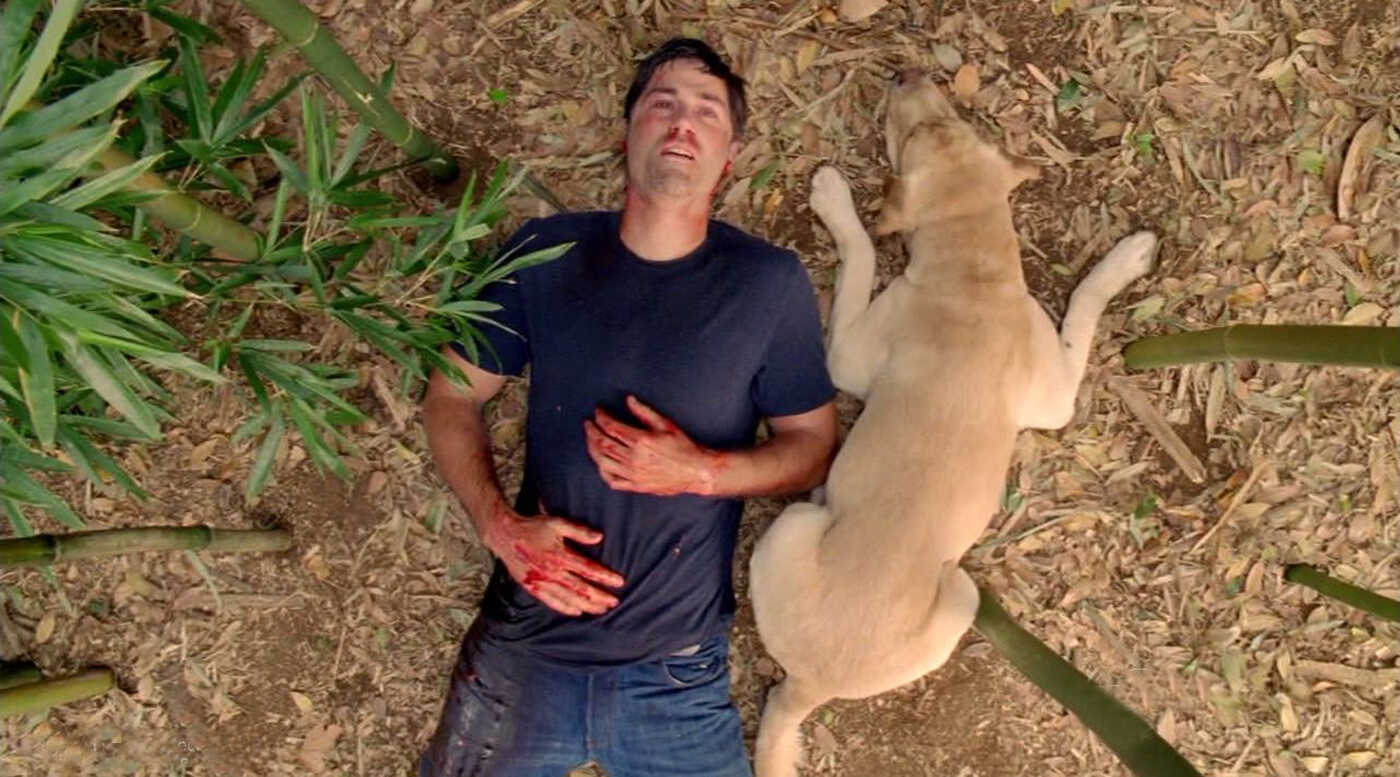The power of exceptional art and storytelling lies in its capacity to be interpreted in multiple ways, depending on one’s experience and perspective. Ambiguity is a tool wielded by storytellers, writers, and filmmakers to evoke this effect of interpretation.
Some of the most memorable endings in cinema are more impactful because of ambiguity. Think of Inception, Birdman, and The Shining. These endings linger in our minds and spark conversations that last for years.
What is Ambiguity in Story?
First, let’s define ambiguity
The existence of numerous potential interpretations or meanings within a narrative fosters ambiguity, captivating the audience as they endeavor to comprehend and derive significance.
It is the uncertainty that keeps us engaged and invested in the story, constantly trying to make sense of it. Let's start by looking at the definition of ambiguity in the story.
AMBIGUITY LITERARY DEFINITION
What is ambiguity in storytelling?
Ambiguity in story refers to the deliberate use of vague or uncertain language, situations, and characters that leave room for multiple interpretations and meanings. It is a storytelling technique that relies on the audience's imagination, perception, and prior knowledge to fill in the gaps and make sense of the narrative.
Ambiguity can occur at various levels in a story, including its plot, characters, themes, and even its overall message. It can be used to create mystery, tension, or depth in a story. However, it also requires skill and careful execution as too much ambiguity can leave the audience feeling confused and unsatisfied.
What is Ambiguity Used for in Storytelling?
- Engages the audience
- Allows for multiple interpretations
- Creates tension and mystery
- Reflects real-life complexity
What is Ambiguity Used For?
The Power of Ambiguity in Storytelling
The use of ambiguity in storytelling is a powerful tool that can elevate a narrative from good to exceptional. Here are some reasons why ambiguity is essential in storytelling:
Engages the audience
Ambiguity, with its inherent open-endedness and lack of clear answers, captivates the audience by inviting them to actively participate in the story.
For example, in the movie Inception, the ambiguous ending sparks discussions and theories among viewers, enhancing their engagement and investment in the narrative. As they grapple with the uncertainty, they become more immersed in the story, eagerly exploring different interpretations and possibilities.
Inception • Ending
Allows for multiple interpretations
The beauty of ambiguity lies in its ability to accommodate a multitude of interpretations. Each individual brings their unique set of experiences and perspectives to the table, shaping their understanding of the story in a deeply personal way.
For instance, in the novel Gone Girl, the ambiguous character motivations keep readers guessing and discussing various possibilities, enriching the reading experience. This diversity of interpretations not only enhances the storytelling experience but also fosters engaging discussions and debates among the audience, making the story all the more memorable.

Gone Girl
Creates tension and mystery
By deliberately leaving certain aspects of the story unresolved or unclear, ambiguity generates a palpable sense of tension and mystery. This suspenseful atmosphere keeps the audience on the edge of their seats, eagerly anticipating what will unfold next.
For example, in the TV series Lost, the ambiguous nature of the island's mysteries keeps viewers hooked, constantly speculating and theorizing about the truth behind the enigmatic events. The allure of the unknown drives their curiosity and emotional investment, resulting in a more gripping and memorable storytelling experience.

Lost Ending
Reflects real-life complexity
In our everyday lives, the world is rarely black and white, and ambiguity mirrors this inherent complexity. By incorporating ambiguity into storytelling, the narrative becomes more relatable and authentic, resonating with the audience on a deeper level.
For instance, in the play Hamlet, the ambiguity surrounding the protagonist's motives and actions reflects the complexity of human nature, allowing the audience to reflect on the intricacies of moral dilemmas and the consequences of one's choices.
It acknowledges the intricate nuances of human existence, where things are rarely straightforward, and encourages the audience to contemplate the complexities of the story, fostering a richer and more rewarding storytelling experience.
Related Posts
What is the Ambiguity Technique in Literature?
Types of Ambiguity
There are different types of ambiguity that storytellers can utilize, each with its unique effect on the audience.
Semantic Ambiguity
This type of ambiguity arises from multiple interpretations and meanings of words or phrases used in a story. It often relies on homonyms, which are words that have the same spelling but different meanings.
Structural Ambiguity
Structural ambiguity arises from the arrangement or structure of words, phrases, or sentence structure in a story. It can create confusion or multiple interpretations of the same sentence.
Character Ambiguity
When characters' actions and motivations are not explicitly stated in a story, it leaves room for interpretation and uncertainty about their true intentions.
Narrative Ambiguity
This type of ambiguity occurs when the plot or events of a story are not entirely clear, leaving room for speculation and uncertainty about what truly happened.
Cons of Ambiguity in Writing
The Risks of Ambiguity
While ambiguity can enhance a story by leaving room for interpretation and imagination, it also comes with its own set of risks. This great video by the channel Just an Observation explores the necessity of ambiguity and the risk of using it in storytelling in cinema.
Ambiguous Endings • Do We Need Them?
Striking a balance between ambiguity and clarity is crucial to effectively engage and captivate the audience.
Confusion
Too much ambiguity or lack of clarity in a story can confuse the audience and lead to an unsatisfying experience. When the plot points are unclear or the character motivations are vague, viewers may struggle to fully grasp the intended meaning of the story. This can result in frustration and a disconnect between the audience and the narrative, hindering their overall enjoyment.
Lack of closure
If a story's ending is left too open-ended, some viewers may feel dissatisfied and crave a more definitive conclusion. When important storylines are left unresolved or unanswered questions linger, it can leave a sense of incompleteness and leave the audience wanting more. A lack of closure can also make it difficult for viewers to fully process and interpret the overall message or themes of the story.
Misinterpretation
Ambiguity can also lead to misinterpretations of a story's message or themes, causing confusion or controversy. When the intentions or underlying meanings of a story are not clearly communicated, different viewers may derive different interpretations.
This can result in debates and differing opinions, potentially overshadowing the intended artistic vision of the creator and leading to misunderstandings among the audience.
When done well, ambiguity can make a story more engaging, thought-provoking, and memorable for the audience. By leaving room for interpretation and encouraging active audience participation, ambiguity can elevate a story to new heights.
Up Next
Different Types of Story Endings
Using ambiguity is only one way to end a story. In our next article, we take a look at the different types of story endings that exist and how they are used for different effects.
